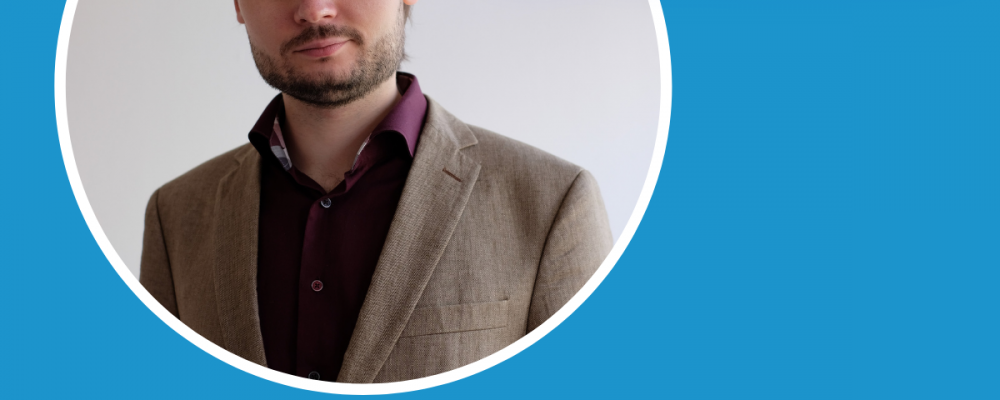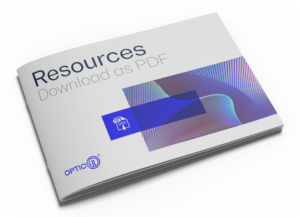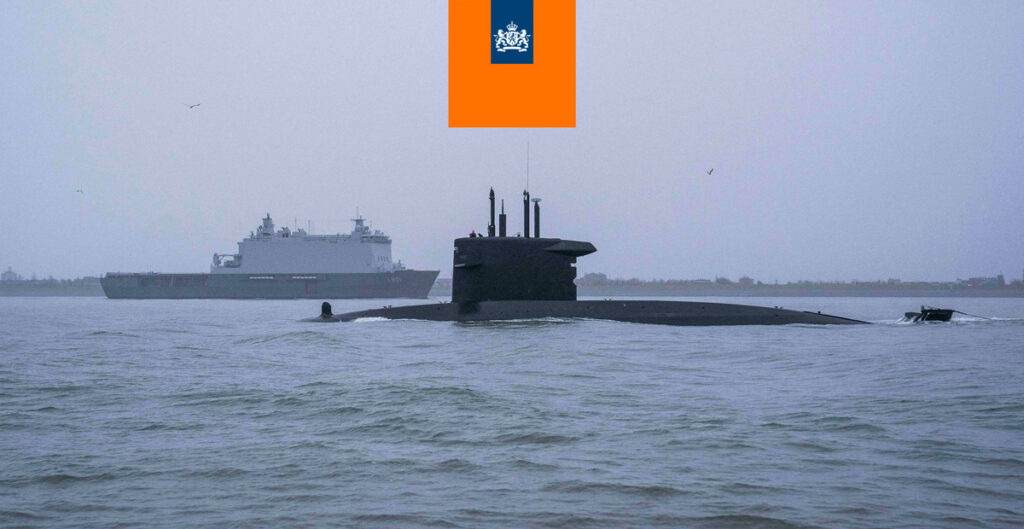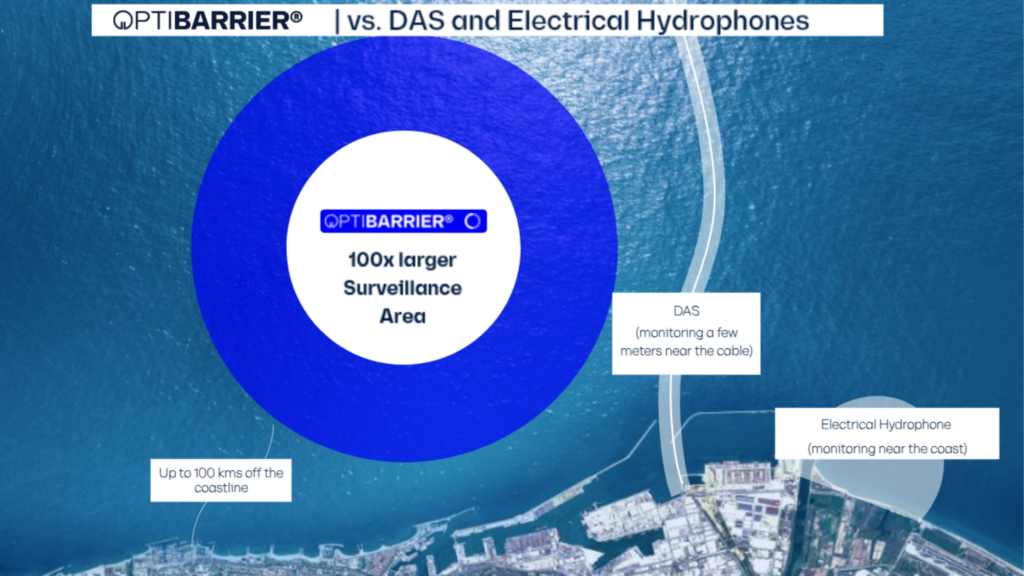We continue our series Employee Spotlight. Today, we would like to introduce to you one of our Application Engineers – Nikita Lebedev, who joined Optics11 last year and is excited to share his insights into the role and the business.
What are your responsibilities as an Application Engineer?
I work with an acoustic emission system OptimAE – a unique instrument on the market that has various applications. My role is client-facing, meaning that I provide technical support for our clients, whether it is a question of integrating our product into their ecosystem or analyzing and interpreting data. I also become the first user of OptimAE for specific applications in-house and test the equipment. The exciting part of my job is that I get to see OptimAE in action and get the positive reaction of the clients when they see how previously unresolved challenges are overcome thanks to OptimAE.
The usual day of an application engineer can vary depending on the specific client need you are working on. For example, I run experiments in-house, collaborate with R&D and product management teams to give feedback on user experience, test the product for specific usage, interpret and analyze data and provide technical info to our sales team.
What are the main challenges you’ve faced so far?
The challenging part of working with innovative and ground-breaking technology is that your clients might be unfamiliar with the potential of fiber optic sensing. The best way to overcome this difficulty is to demonstrate the system in action. Once they witness the process and get the results, we earn their trust and set up the ground for future collaboration.
What excites you the most?
I am passionate about working with new technologies and am currently working with one of the latest innovations – fiber optic acoustic emission sensors. Unlike electrical sensors that have existed in the market for a long time, acoustic emission sensors do open up various new applications. Considering the novelty of the innovation, it requires extensive lab testing before being used on an actual asset. I am responsible for designing and executing experiments to test the sensor’s performance. It happened to me once that after a successful lab experiment we encountered the challenge during mounting of the sensor on a real asset. The surface of the asset did not have the necessary adhesive qualities for the sensor to be easily attached. In the end, we found a creative solution on the spot for connecting the sensor without having to glue it to the surface. Using my creative thinking, having to think on my feet and staying flexible are the exciting parts of my job.
What experience is required to become an application engineer at Optics11?
Speaking from my experience, it would be beneficial to have an engineering or experimental physics background. I had no previous experience working with fiber optics before I joined Optics11. However, my degree in experimental physics helped me learn the main principles of the technology. I believe the potential candidate should be interested in working with hardware and eager to travel and work with people.
